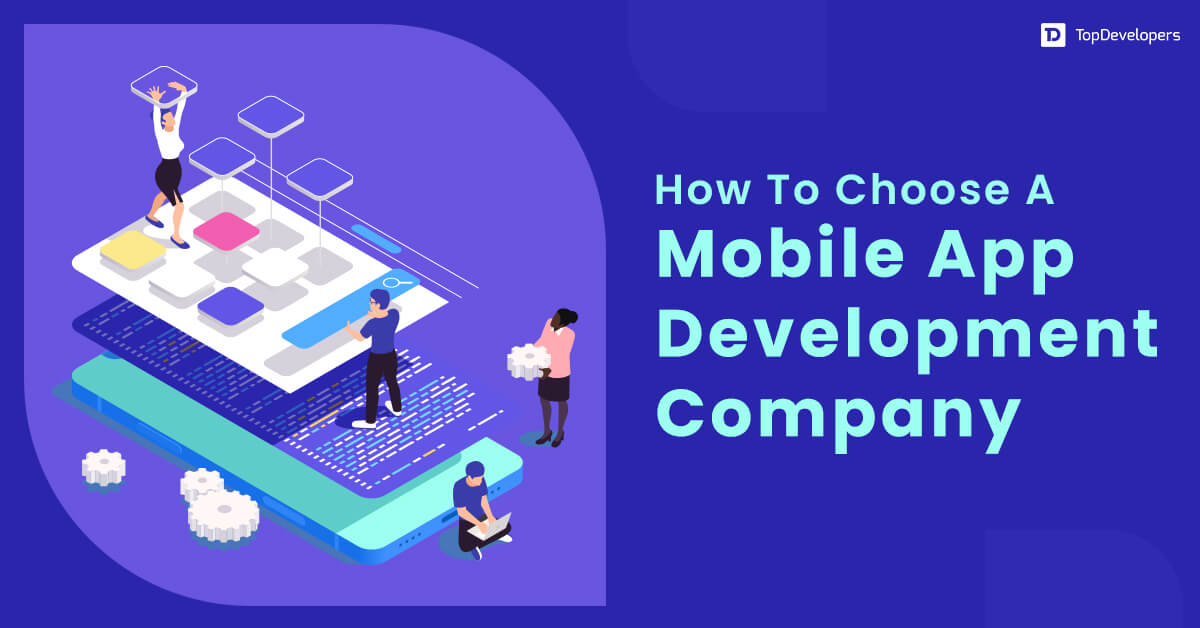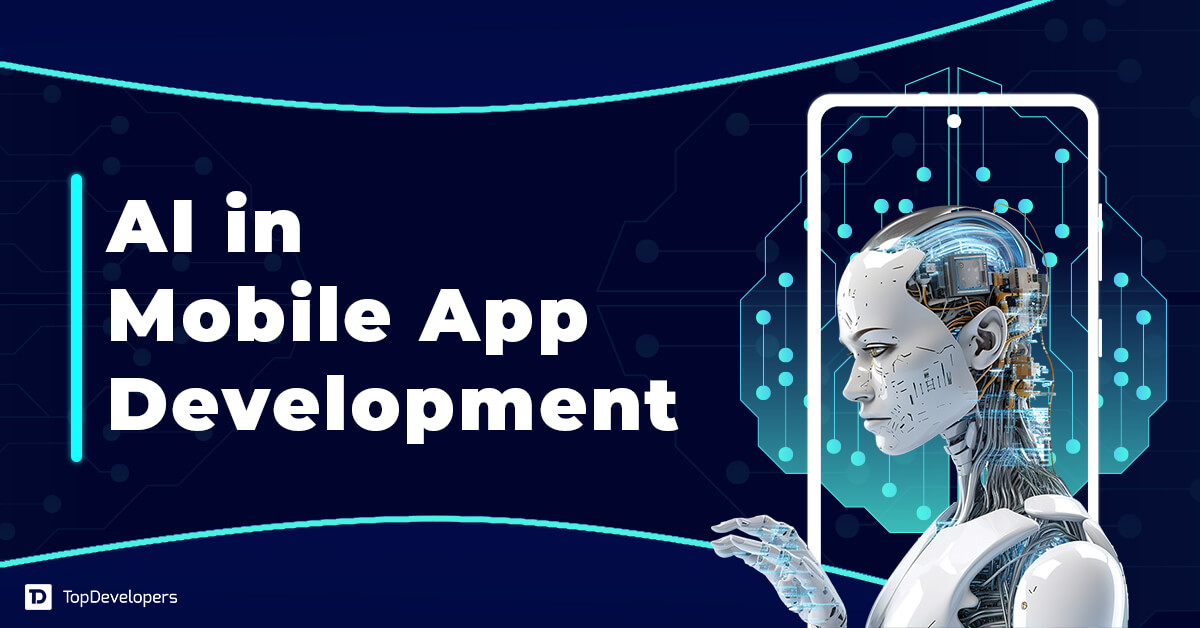
Blockchain technology has become a cornerstone of modern innovation, powering secure, transparent, and decentralized systems across industries. The success of any blockchain project, whether it’s a smart contract or a full-scale decentralized app (dApp), heavily depends on the blockchain programming language chosen for development.
With the rapid evolution of blockchain ecosystems, blockchain developers need languages that balance performance, scalability, and security. This blog explores the top 10 blockchain programming languages poised to dominate in 2025, offering insights into their unique features, applications, and why they’re the go-to choices for modern blockchain programming.
Key Takeaways
- Learn about the top 10 blockchain programming languages that will dominate in 2025.
- Understand the strengths, unique features, and use cases of each language.
- Discover insights into emerging languages shaping the future of blockchain development.
- Get actionable tips on selecting the best programming language for blockchain tailored to your project.
If you’re seeking the perfect programming language for blockchain development, this guide will help you make an informed decision.
Table of Contents
How to Choose the Right Blockchain Programming Language: Key Criteria
Selecting the right blockchain programming language is a critical step for any blockchain project. Each language has unique strengths, and the choice depends on specific project requirements. Here are the key factors we considered in ranking these programming languages:
Popularity and Community Support
A language’s popularity often correlates with its reliability and long-term sustainability. Widely-used blockchain programming languages have active developer communities, providing abundant resources, libraries, and forums to assist developers in troubleshooting and learning. A strong community also ensures continual updates and improvements, making these languages future-ready.
Performance and Scalability
Blockchain applications require exceptional performance to handle high transaction volumes and scalability to accommodate future growth. Languages designed for efficiency and low-latency operations excel in blockchain environments, ensuring smooth functionality for large-scale decentralized applications (dApps).
Security Features
Security is paramount in blockchain development. Programming languages with robust security features help minimize vulnerabilities in smart contracts, cryptographic functions, and other blockchain components. A secure blockchain programming language protects projects from potential exploits, ensuring data integrity and user trust.
Ease of Learning and Development
For businesses and developers entering the blockchain space, the learning curve of a language is an important consideration. Languages with intuitive syntax, clear documentation, and extensive tools reduce development time and make it easier for teams to onboard new developers.
Industry Adoption and Use Cases
The adoption rate of a language in the blockchain industry highlights its relevance and reliability. Popular languages are often used by leading blockchain platforms like Ethereum, Solana, and Hyperledger, providing tried-and-tested solutions. Examining real-world use cases ensures the language can meet practical development needs.
Top 10 Blockchain Programming Languages for 2025
Choosing the right blockchain programming language is critical for building robust, scalable, and secure blockchain solutions. Below, we explore the top 10 programming languages, their features, use cases, and key advantages and limitations to help you make an informed decision.
Solidity
Solidity was specifically designed for developing smart contracts on the Ethereum blockchain. Introduced in 2014, it has since become the most widely used programming language for decentralized applications (dApps). Its developer-friendly design, extensive documentation, and support from the Ethereum community have made it a staple for blockchain development. Solidity allows developers to define smart contracts that control the transfer of digital assets based on predefined conditions.
Pros:
- Extensive tooling, including Remix, Truffle, and Hardhat, for seamless development and testing.
- Strong community support and numerous online resources for troubleshooting.
- Integration with Ethereum’s Virtual Machine (EVM), enabling compatibility with other EVM-based platforms.
Cons:
- Limited to Ethereum and other EVM-compatible blockchains, reducing flexibility for cross-platform development.
- Prone to coding errors, as Solidity’s static typing can lead to issues if developers are not vigilant.
Rust
Rust is a systems programming language created in 2010, renowned for its performance and safety features. Unlike many high-level languages, Rust doesn’t rely on garbage collection, giving developers fine-grained control over memory. Its concurrency model makes it ideal for blockchain applications that require secure and scalable solutions. Rust’s strong typing system and focus on preventing common programming errors like null pointer dereferencing have made it a favorite for blockchain platforms like Solana and Polkadot.
Pros:
- Exceptional performance, suitable for handling high transaction volumes and complex computations.
- A modern memory management system that prevents common bugs such as data races.
- Increasing adoption in next-generation blockchains, ensuring its relevance in the coming years.
Cons:
- Steeper learning curve compared to other programming languages, particularly for beginners.
- Relatively smaller community compared to languages like Python or JavaScript.
Go (Golang)
Developed by Google in 2007, Go is a statically typed programming language designed for simplicity and speed. Its lightweight concurrency model through goroutines has made it an excellent choice for blockchain networks requiring high performance. Go is widely used in projects like Hyperledger Fabric, where efficiency and reliability are critical. Its straightforward syntax makes it accessible even for developers new to blockchain programming.
Pros:
- Native support for concurrency, enabling efficient processing of multiple transactions.
- Strong standard library that simplifies development and reduces dependencies.
- High compilation and execution speed, making it ideal for real-time applications.
Cons:
- Limited generics support (though improving with recent updates).
- Smaller ecosystem compared to more mature programming languages.
Python
Python is a high-level, dynamically typed programming language known for its simplicity and versatility. Since its creation in 1991, Python has become a favorite for a wide range of applications, including blockchain development. Python’s extensive libraries and frameworks allow developers to prototype and build blockchain applications quickly. Libraries like web3.py and PyCrypto make it easy to interact with blockchain platforms like Ethereum.
Pros:
- Easy to learn and implement, making it accessible for beginners and experienced developers alike.
- Rich ecosystem of libraries and frameworks, reducing development time.
- Excellent for building prototypes and quick iterations during the development phase.
Cons:
- Slower execution speed compared to compiled languages like Rust or C++.
- Not ideal for high-performance, transaction-heavy blockchain systems.
JavaScript
JavaScript is the most widely used language for web development and has gained significant traction in blockchain programming. With its asynchronous capabilities and vast ecosystem, JavaScript plays a vital role in integrating blockchain applications with web interfaces. Libraries such as web3.js and ethers.js make it easy for developers to build dApps that interact with Ethereum and other blockchains.
Pros:
- Asynchronous programming capabilities that handle blockchain transaction delays effectively.
- Vast developer community and extensive documentation.
- Wide applicability, particularly for front-end and full-stack blockchain applications.
Cons:
- Security vulnerabilities if not properly handled during smart contract interaction.
- Limited performance for computationally intensive tasks compared to lower-level languages.
C++
C++ is one of the oldest and most reliable programming languages, created in 1985. Known for its high performance and low-level memory control, it has been a cornerstone of blockchain technology. Bitcoin’s core implementation was written in C++, showcasing its importance in building secure and efficient blockchain systems. Its versatility allows developers to handle complex computations and optimize resources effectively, making it ideal for blockchain nodes and cryptographic algorithms.
Pros:
- Unmatched control over system resources and memory management.
- High performance, making it suitable for transaction-heavy systems like Bitcoin.
- Versatile for both foundational blockchain development and advanced cryptographic implementations.
Cons:
- Complex syntax, which increases the learning curve for new developers.
- Lengthier development cycles due to manual memory management and debugging challenges.
Java
Since its release in 1995, Java has been a staple in enterprise software development. Its “Write Once, Run Anywhere” (WORA) capability and robust security features make it an excellent choice for blockchain projects requiring portability and scalability. Many blockchain platforms, such as Ethereum and Hyperledger Fabric, leverage Java for its extensive libraries and ability to handle complex computations. Java’s object-oriented nature ensures reliable code that can be reused across multiple projects.
Pros:
- Platform independence allows seamless deployment across multiple systems.
- Strong security features and a rich ecosystem of libraries.
- Suitable for large-scale enterprise blockchain solutions due to its scalability.
Cons:
- Verbose syntax can make development slower and more error-prone compared to modern languages.
- Slower runtime performance compared to lower-level languages like Rust or C++.
C#
Developed by Microsoft in 2000, C# is a modern, object-oriented language well-suited for building blockchain applications, particularly on the Windows platform. Its integration with the .NET framework provides developers with powerful tools for creating scalable and secure applications. Blockchain projects like Stratis and NEO utilize C# for its versatility and ease of integration with enterprise systems.
Pros:
- Strong integration with Windows-based applications and .NET framework.
- Easy to learn for developers familiar with object-oriented programming.
- Supported by a robust ecosystem of tools and libraries for blockchain development.
Cons:
- Limited flexibility for cross-platform development compared to languages like Java.
- Smaller community for blockchain-specific applications compared to Rust or Solidity.
Rholang
Rholang is a domain-specific programming language designed for blockchain development, with a focus on concurrency and decentralized computations. Unlike traditional languages, Rholang is functional rather than object-oriented, making it ideal for smart contract execution. Its concurrency model allows developers to build scalable blockchain applications that handle multiple transactions simultaneously. Rholang is the core language of the RChain platform, which emphasizes speed and scalability.
Pros:
- Concurrency support enables the efficient handling of decentralized transactions.
- Functional programming paradigm simplifies smart contract logic.
- Optimized for scalability in large blockchain networks.
Cons:
- Limited adoption outside of the RChain ecosystem.
- Smaller developer community and fewer resources compared to mainstream languages.
Ruby
Ruby is a high-level, dynamically typed programming language created in the mid-1990s. Known for its developer-friendly syntax and rapid development capabilities, Ruby is a popular choice for prototyping blockchain applications. Its extensive libraries and frameworks, like Rails, make it a great choice for creating proof-of-concepts and web-based blockchain projects. While Ruby is not commonly used for performance-intensive blockchain platforms, it shines in scenarios requiring quick iterations and flexibility.
Pros:
- Simple and intuitive syntax reduces development time.
- Excellent for prototyping and proof-of-concept blockchain projects.
- Wide range of libraries and frameworks to enhance productivity.
Cons:
- Slower execution compared to compiled languages like C++ or Rust.
- Limited support for performance-intensive blockchain platforms.
Emerging Blockchain Programming Languages to Watch in 2025
As blockchain technology evolves, new programming languages are emerging to address the limitations of existing ones. These languages are designed to enhance performance, security, and developer productivity, making them the foundation for next-generation blockchain platforms. Below are some of the most promising emerging blockchain programming languages gaining traction in 2025.
Move
Move is a high-performance programming language originally developed by Meta for the Diem (formerly Libra) blockchain. It has since gained popularity in next-gen platforms like Aptos and Sui. Move prioritizes safety, flexibility, and ease of composability, making it ideal for building scalable and secure blockchain applications.
Key Features:
- Resource-oriented programming ensures that assets cannot be duplicated or lost, enhancing security.
- Designed for flexibility in smart contract development.
- Lightweight runtime optimized for high transaction throughput.
Use Cases:
- Powering dApps and smart contracts on the Aptos and Sui blockchains.
- Ideal for decentralized finance (DeFi) platforms requiring robust asset management.
Cadence
Cadence is a resource-oriented programming language developed by Dapper Labs for the Flow blockchain. It is designed to simplify the development of secure and scalable blockchain applications while ensuring an optimal user experience. Cadence emphasizes simplicity and readability, making it accessible to developers from diverse backgrounds.
Key Features:
- Resource-based type system ensures secure asset handling without duplication or accidental loss.
- Lightweight and designed to handle high transaction volumes efficiently.
- Native support for Flow’s unique architecture, enhancing scalability.
Use Cases:
- Primarily used on the Flow blockchain, which powers popular NFT platforms like NBA Top Shot.
- Facilitates the creation of NFT marketplaces and gaming dApps.
Cairo
Cairo is an emerging language designed for developing scalable decentralized applications on layer-2 solutions, particularly for zk-rollups. Developed by StarkWare, it enables efficient computation and verification of zero-knowledge proofs, making it highly efficient for privacy-focused and scalable blockchain applications.
Key Features:
- Optimized for zero-knowledge proof computations.
- Supports the development of layer-2 blockchain solutions.
- High-performance capabilities for privacy-preserving applications.
Use Cases:
- Used in StarkWare’s zk-STARK-based solutions for Ethereum scalability.
- Ideal for privacy-focused DeFi platforms and scalable dApps.
Ligo
Ligo is a statically typed language specifically designed for smart contract development on the Tezos blockchain. Its focus on simplicity and type safety helps developers create secure and efficient applications for Tezos. Ligo is available in multiple syntaxes, such as Pascal, Reason, and CameLigo, making it accessible to a broader audience.
Key Features:
- Static typing ensures reduced errors and secure smart contract execution.
- Supports multiple syntaxes to cater to different developer preferences.
- Designed specifically for Tezos, ensuring seamless compatibility.
Use Cases:
- Building smart contracts for DeFi, NFT platforms, and Tezos-based dApps.
Why These Languages Matter:
Emerging languages like Move, Cadence, Cairo, and Ligo are shaping the future of blockchain development by addressing key industry challenges, such as scalability, security, and usability. These languages bring new paradigms and solutions, empowering developers to build faster, safer, and more efficient blockchain applications.
Stay ahead of the curve by keeping an eye on these technologies as they redefine blockchain development in 2025.
Conclusion
The programming language you choose for your blockchain project is more than a technical decision—it’s the foundation of your application’s success. Each language offers unique advantages, from Solidity’s dominance in Ethereum to Rust’s unparalleled performance for next-gen blockchains.
As blockchain technology continues to evolve, selecting the right language requires a clear understanding of your project’s goals, scalability needs, and developer expertise. By making informed choices, you’ll ensure your blockchain solutions are secure, efficient, and future-ready.
Take the time to analyze your project requirements and leverage the power of the best blockchain programming languages to achieve success in this rapidly advancing field. If you need expert guidance, explore the top blockchain development companies for tailored solutions to bring your vision to life.
Frequently Asked Questions
What programming language is best for blockchain development?
The best language depends on your project’s requirements. Solidity is ideal for Ethereum-based applications, while Rust offers high performance for scalable solutions like Polkadot and Solana.
Can I use Python for blockchain development?
Yes, Python is commonly used for prototyping, scripting, and creating lightweight blockchain applications. Its simplicity and extensive libraries make it beginner-friendly.
Is Solidity limited to Ethereum?
Solidity is primarily designed for Ethereum and EVM-compatible blockchains. While its usage is expanding, it remains most effective within the Ethereum ecosystem.
What are the most scalable blockchain programming languages?
Languages like Rust and Go are highly scalable, handling concurrent transactions efficiently in high-performance blockchain systems.
How do I decide the right language for my blockchain project?
Consider factors like your project type, scalability needs, performance requirements, and the expertise of your development team. Match the language’s strengths with your project’s goals for optimal results.
Rebecca Harrison combines her love for emerging technologies with her ability to explain them in clear, concise terms. With expertise in blockchain, IoT, cloud computing, big data, and cryptocurrency, Rebecca’s articles are essential reads for tech-savvy audiences. She has worked closely with tech startups and established companies to explore the potential of these transformative technologies.


